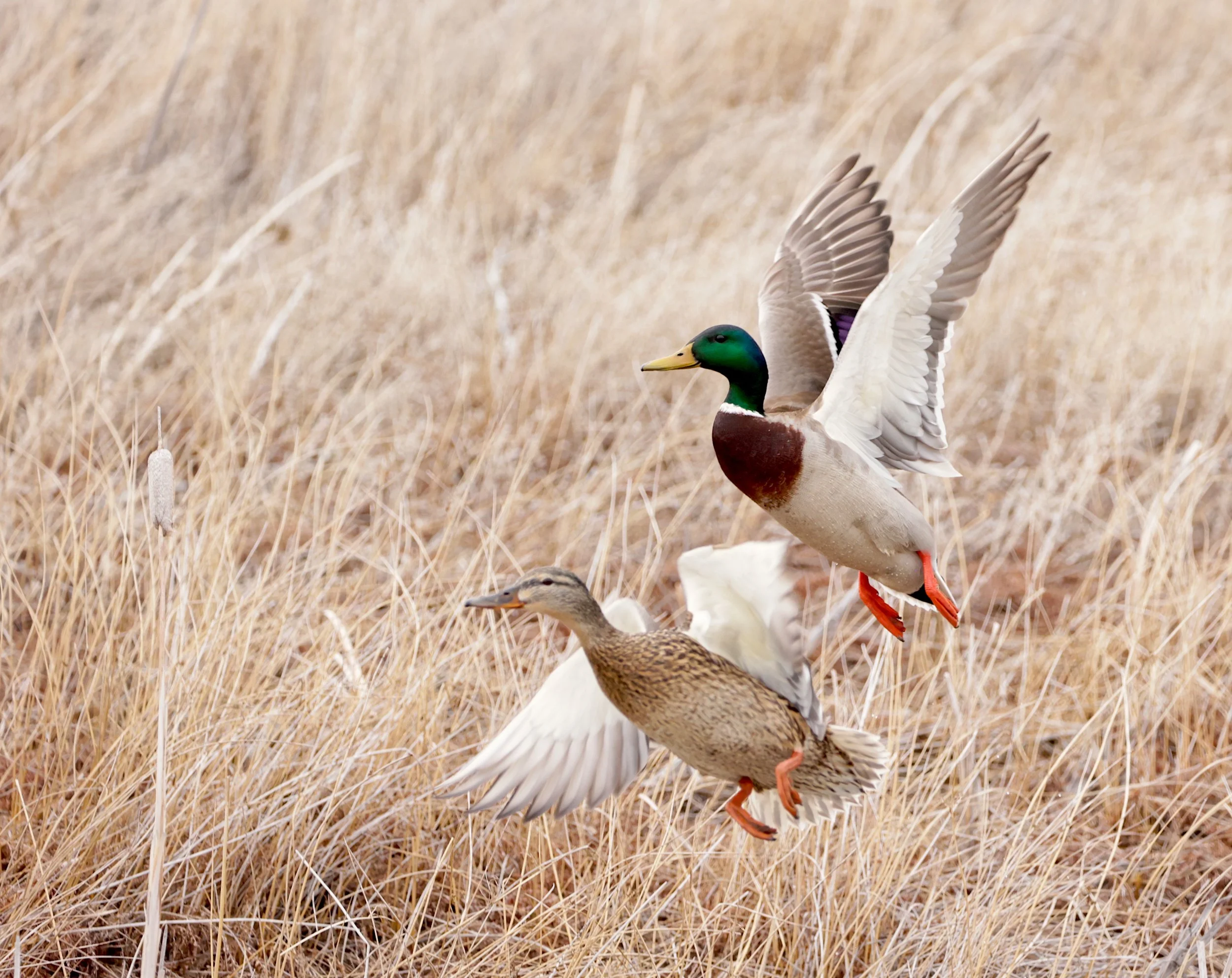Prevent Deadly Future For Wildlife
As Don McClean sang in American Pie "bad news on the doorstep, I couldn't take one more step." Ah, but if we take just a few steps, according to the Rocky Mountain Elk Foundation, we can prevent the worst of the bad news from happening. According to RMEF, the bad news is that the human population in the western states will balloon by 20 million people by the year 2030. In case you hadn't noticed, when more people move into elk country, more wildlife dies out. “We have to work with an increasing sense of urgency,” said RMEF President and CEO David Allen. “We often talk about conserving wild places for our kids and grandkids to enjoy, and that’s powerful motivation. But we’re on the doorstep of landscape-scale changes that will affect current generations, too, if we don’t act quickly. Some of us elk hunters could lose our traditional way of life before we even have a chance to pass it on.” RMEF’s five ways to prepare:
Good Planning. Any profusion of poorly planned subdivisions, sprawl or related activity could accelerate loss, fragmentation and degradation of elk habitat. Consideration of these areas is increasingly important for developers, city planners, highway engineers, food and energy producers, etc. To help, RMEF contributes habitat data to mapping programs available to professionals who wish to identify and avoid critical areas of elk country, including: Winter Range—In much of the West, some of the most attractive tracts for development are lower elevation lands that also happen to be historic winter range for elk. Abundance and quality of winter range are limiting factors in the size of a region’s elk herd. Calving Grounds—Like winter range, elk calving grounds also are used traditionally. Once displaced from primary areas, pregnant cows will settle for secondary habitats that offer less cover, space, forage and water. Summer Range—Lush green summer range is vital to the health of elk as they nourish calves, evade predators and enter the rut. But research shows that extended drought and overgrown forests are negatively affecting some elk herds, especially in areas where predators are undermanaged. Migration Corridors—Highly mobile elk do best with unimpeded travel routes between habitat types.
Land Protection. Conserving strategic tracts of open space is a key to offsetting human population growth. Tools include purchasing land from willing sellers and conveying it to public ownership, land swaps and conservation easements. To date, RMEF has used these and more to help permanently protect over 1 million acres of elk country.
Habitat Stewardship. Managing protected habitat for optimum productivity is ever more important. Prescribed burning, treating noxious weeds, forest thinning to create early seral habitat, rejuvenating meadows and wetlands, improving riparian zones and adding guzzlers are among the ways to help habitat hold more wildlife. To date, RMEF has used these and more to help enhance over 5 million acres of elk country.
Predator Management. Much of elk country no longer resembles its original form. People made it smaller. Fire suppression made it thick and overgrown. Noxious weed infestations reduced forage. Elk in certain areas they are proving unable to handle the added challenge of burgeoning predator populations. Calf survival rates are too low to sustain some herds for the future. Current and expected habitat conditions dictate responsible management of wolves, bears and lions on balance with other wildlife and human needs. RMEF is pressing this issue on several fronts.
Keep Hunting. With the anticipated population growth in the West, open space and opportunities for hunting could be reduced. Loss of hunters will translate to less wildlife management and less funding for conservation overall, which will compound the above problems. RMEF is prioritizing projects that enhance public hunting access and strengthening America’s understanding of the important conservation heritage of hunting.
RMEF membership, now at 184,135 and growing, has set records for four consecutive years. With continued support, RMEF will be positioned to keep making a difference over the critical 18 years to come. For more information, visit www.rmef.org or call 800-CALL ELK# # #












